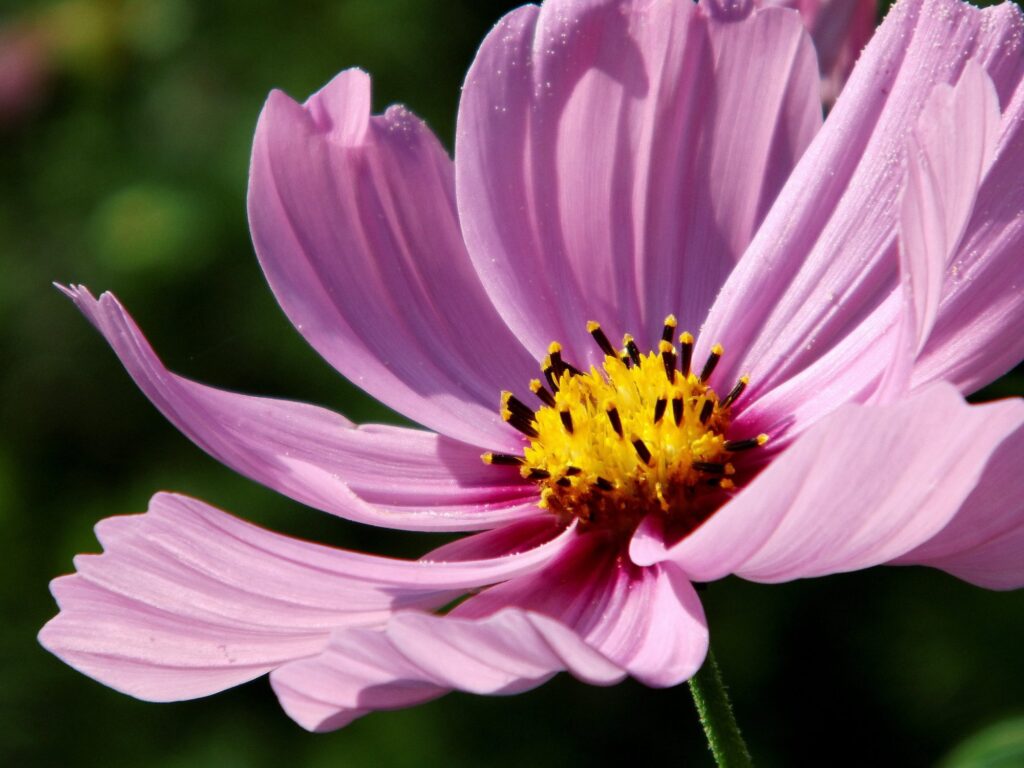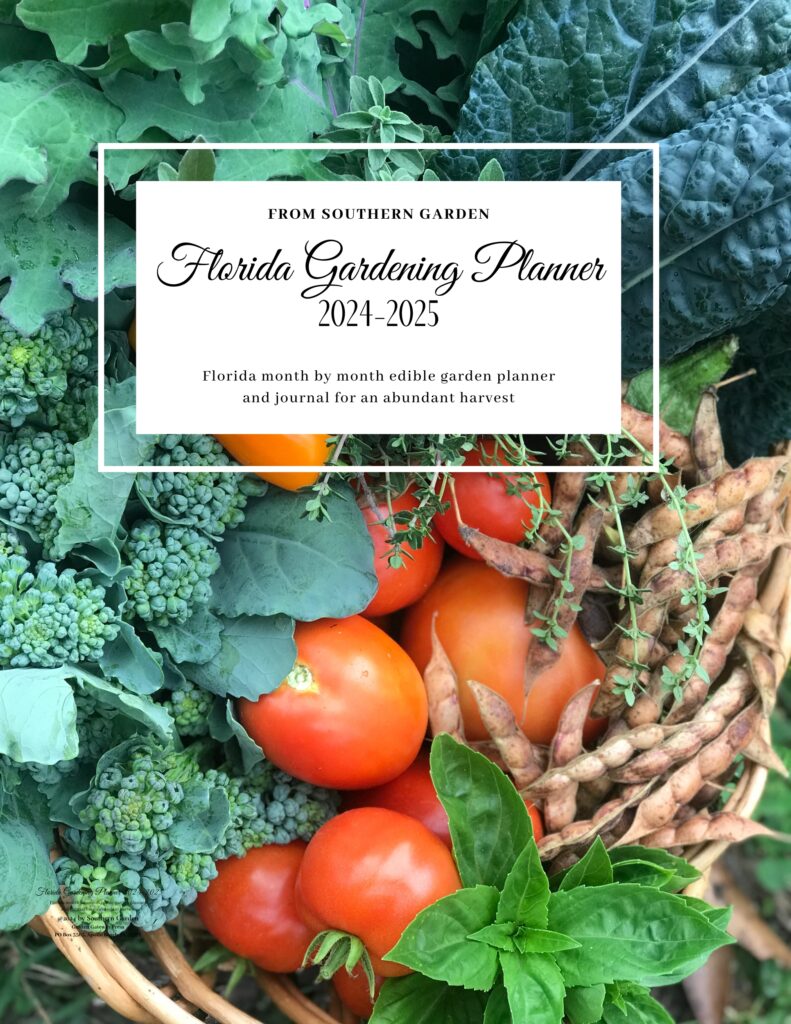
Cosmos, garden cosmos, Mexican aster
Cosmos bipinnatus, more commonly just called “Cosmos” or Garden Cosmos, are a popular garden standard. They’re suitable for cottage gardens, butterfly gardens, and cut flower gardens.
They’re also excellent companion plants for your vegetable garden – with pretty edible flowers that dress up any salad. They can increase pollination for squashes and cucumbers by enticing bees into the garden.
Best of all, they’re excellent forage for native bees, as well as honeybees. Their open blooms make it easy for a wide range of insects to land and lunch.
Cosmos come in a wide range of colors and types, ranging from 12 inches to 3 feet tall. They add elegance and movement to any flower bed, as they sway in the breeze.
Cosmos bipinnatus Benefits
- Cosmos attract bees, butterflies, and other beneficial insects
- Easy to grow for children and beginning gardeners
- Prolific self-sowing flowers
- Long flowering season
- Edible flowers
- Excellent cut flowers
- Not prone to pests or disease

Description of Cosmos bipinnatus
Cosmos are members of the daisy family, and you may even hear them called “Mexican Aster.” They’re an annual flower, but frequently self-seed, especially in warmer climates. Cosmos can range anywhere from 2 to 6 feet tall, depending on the cultivar and growing conditions.
Naturally, Cosmos flowers are generally pink and purple, but some cultivars can be dark red or cheerfully yellow. Flowers are cup-shaped and range from 1.5 to 2.5 inches in diameter. They sit atop tall stems, with sprawling foliage below.
Cosmos are native to Mexico and North America and are tolerant of hot climates and low moisture.

Tips for Germination
Sow Cosmos bipinnatus once soil conditions have reached 75°F and all chance of frost has passed. You can sow them directly in the garden, but barely cover with soil.
You can also plant them indoors 5 to 7 weeks before transplanting outdoors. Pot up once true leaves appear or start in larger containers if temperatures don’t accommodate planting outdoors.
Care Tips
Plant in full sun in any type of soil and keep lightly moist until the plant establishes, about a week. Plant about 12 inches apart for best results. Taller Cosmos may need staking when planted in windy areas.
Top dress with compost or mulch for long-term feeding and moisture retention.
Water once or twice weekly, depending on local weather conditions. Fertilize with a balanced organic fertilizer when buds begin to appear.
Harvest cut flowers just as they have opened or deadhead regular to prolong bloom.

Buy Cosmos Seeds Here
| Species Name: | Cosmos bipinnatus |
| Common name(s): | Cosmos, garden cosmos, Mexican aster |
| Defining Characteristics: | Bright pink or purple cup-shaped flowers on tall stems between 2 and 6 feet tall |
| Temperature requirement: | Sow seeds at 75F |
| Watering frequency: | Keep moist until germination occurs then water regularly during the active growing period. |
| Lighting: | Full sun, but will tolerate partial shade |
| Soil type: | Prefers well-draining soil |
| Growth rate: | Grows quickly and is suitable for annual planting in temperate climates |
| Height: | 2-6 feet tall |
| Origin: | Native to Mexico and North America |
| USDA Hardiness Zone: | Annual N/A |
| Toxicity Notes: | This plant is considered non-toxic to humans, and flowers are edible. For more information please visits the ASPCA list of Toxic and Non-Toxic Plants list of Toxic and Non-Toxic Plants |
| Common Pests: | few |
| Common Problems: | Can be prone to disease if planted too closely |
| Perfect Potting Companions: | Excellent companion plant for cucumbers, summer squash, winter squash, and melons |
| Additional Notes: | Use a balanced organic fertilizer for improved blooms |



